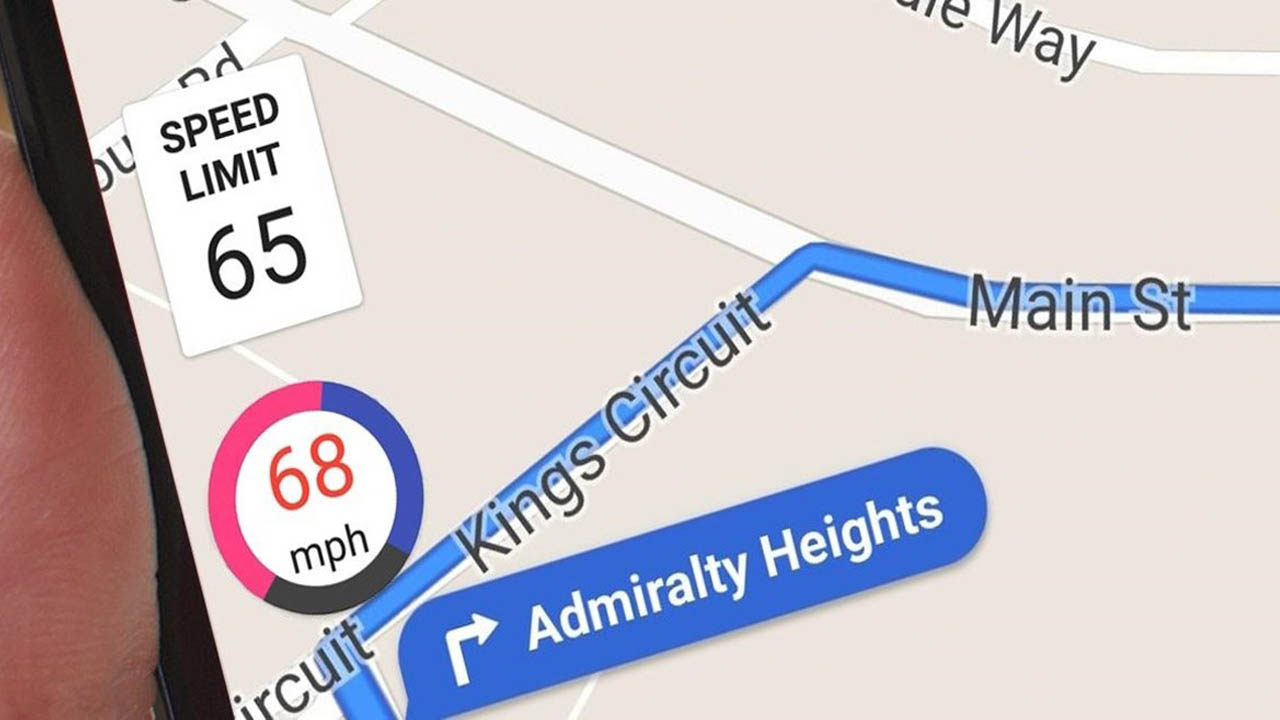Currency trading, or foreign exchange trading, is the buying and selling of different currencies in order to make a profit. It is a popular form of investment and is often used by experienced traders to diversify their portfolios. While it can be a risky endeavor, understanding the mechanics of currency trading can help you make informed decisions and potentially increase your profits.
To get started in currency trading, you’ll need to understand the basic mechanics. Currencies are traded in pairs, with one currency being the “base” currency and the other the “quote” currency. When you buy a currency pair, you are essentially buying the base currency and selling the quote currency. For example, if you buy the EUR/USD pair, you are buying euros and selling US dollars.
The exchange rate between the two currencies is determined by the market forces of supply and demand. When the demand for a currency is higher than the supply, the exchange rate will increase. Conversely, if the supply is higher than the demand, the exchange rate will decrease.
Traders can use a variety of strategies to make money from currency trading. One of the most popular strategies is called “scalping”, which involves buying and selling currencies quickly in order to make small profits from small price movements. Another popular strategy is called “swing trading”, which involves buying and selling currencies over a longer period of time in order to take advantage of larger price movements.
In addition to understanding the mechanics of currency trading, it’s important to understand the risks involved. Currency trading is a volatile market and prices can move quickly, so it’s important to be aware of the potential for losses. It’s also important to understand the various factors that can affect the exchange rate, such as economic news, political events, and even natural disasters.
Finally, it’s important to understand the various types of orders you can place when trading currencies. Market orders are the simplest type of order and involve buying or selling a currency pair at the current market price. Limit orders involve setting a specific price at which you’d like to buy or sell a currency pair, and will only be executed if the market reaches that price.
Understanding the mechanics of currency trading can help you make informed decisions and potentially increase your profits. It’s important to be aware of the risks involved and to understand the various types of orders you can place. With the right knowledge and strategy, currency trading can be a rewarding and profitable endeavor.






















